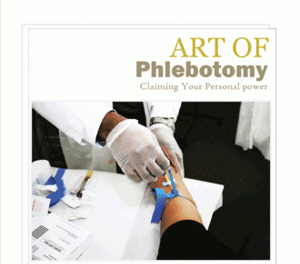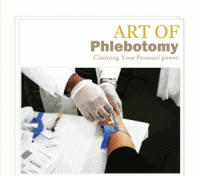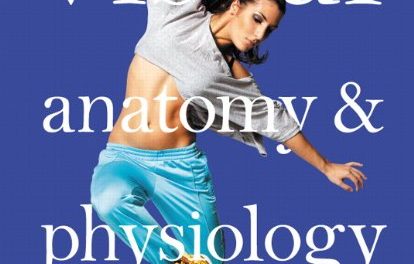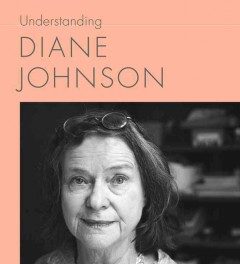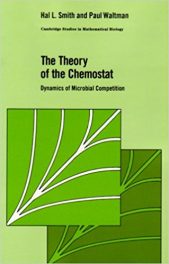Author: Lucien G. Prince, MD, MBA
Publisher: AuthorHouse – 118 pages
Book Review by: Nano Khilnani
This is a very well-organized and detailed book on the art of phlebotomy or drawing blood and other related work. The procedure of drawing blood is also known as venipuncture.
Do phlebotomy and venipuncture refer to the same thing – drawing blood? Pretty much, after having checked several medical terminology books, but there are some differences.
Phlebotomy typically refers to this particular field of medicine and its practitioners are called phlebotomists, who puncture a vein to draw blood, inject medicine or feed a patient intravenously. Venipuncture refers to the procedure of properly puncturing the vein to draw blood. We do not recall having come across the word ‘venipuncturist.’
This is a detailed book with 18 chapters by Dr. Lucien G. Prince, a practicing phlebotomist, who has worked in several organizations and hospitals in the New York area namely Franklin Hospital, Forest Hospital, Glen Cove Hospital, New York Hospital in Queens, North Shore Long Island Jewish Hospital, Quest Diagnostics, St. John Land Nursing Home, and St. Mary’s Hospital for Children.
The book starts out in the first chapter with a list of equipment and supplies needed by the phlebotomist, such as: the phlebotomy tray, bandages, biohazard containers, containers for needles and other sharp tools, cotton balls, gauze pads, gloves, syringes, tourniquets, and tubes of various kinds such as additive tubes, coagulation tubes, hematology tubes, and vacuum tubes.
The first chapter also has a long list of common elements, chemicals and various substances in the human body that are measured when samples of blood drawn are analyzed, from acetaminophen and antiseptic to gentamycin and glucose to tobramycin and triglycerides; and from acetylcholine and aldolase to gastrin and haptglobin to testosterone and toxoplasma.
The sequence of events relating to drawing of blood is covered in the second chapter. There is also a list of questions and answers in his chapter. Chapter 3 is a review of considerations when preparing for and performing venipuncture, and chapter 4 deals on its pathway.
Chapters 5 and 6 cover two related subjects: blood-draw specificity and needle know-how; whereas chapters 7, 8 and 9 respectively discuss venipuncture procedures via vacuum tube, syringe and winged set infusion.
The next set of chapters deal with what to do with and how to handle the specimens after they are collected. So chapters 10, 11 and 12 deal respectively with specimen processing, testing the blood collected and therapeutic drug monitoring.
Issues such as occupational exposure, infection control and prevention are the subjects of chapters 13 and 14.
The next set of four chapters – 15 through 18 – give you respectively, a synopsis of phlebotomy, phlebotomy technician certification content, phlebotomy word definitions and phlebotomy links.
This is a well thought-out, well-organized and well-written book, which makes for easier absorption of knowledge, procedures and cautions relating to phlebotomy by the student. Needless to say, because phlebotomy is not just a science but essentially an art, repeated practice of the various procedures is essential until the practitioner is able to perform his or her work without mistakes and flaws.
Reading this important book is a first step in learning phlebotomy, and we salute Dr. Prince for his excellent and outstanding effort in creating this highly useful and practical book.

